- Details
- Written by Reynaldo López Peña
- Hits: 22759
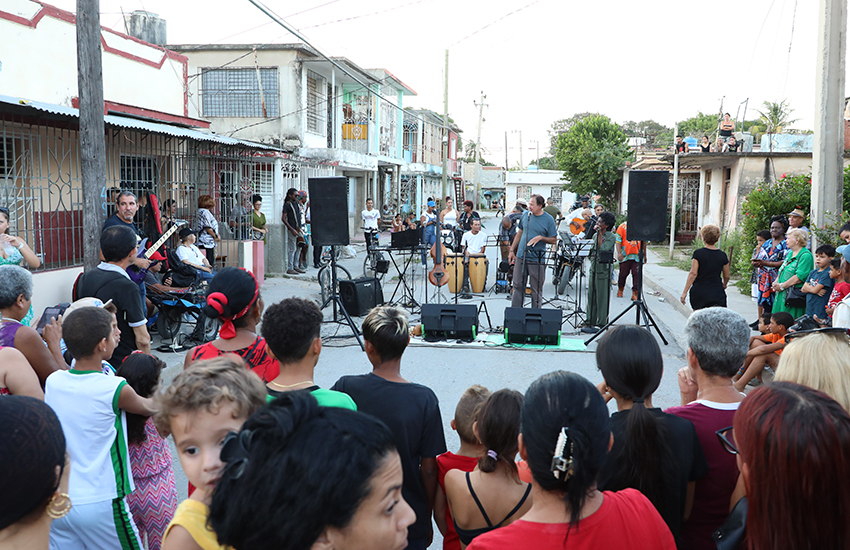
- Details
- Written by Yelaine Martínez Herrera / Photo: Reynaldo López Peña
- Hits: 7999
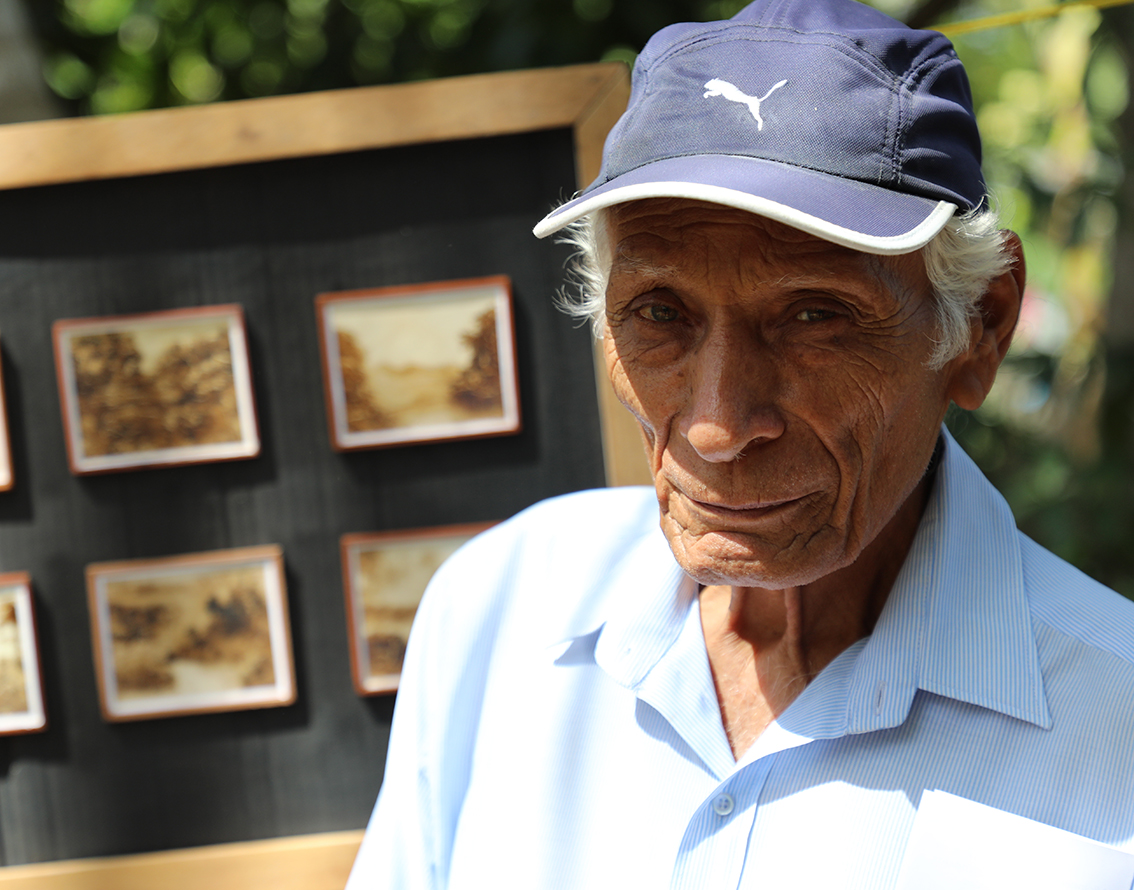
- Many wonderful people inspire us through all forms of artistic expression and even, anonymously, contribute in some way to the final result. Here we present one of those inspiring individuals; let his interview serve as a way of saying thank you on Cuban Culture Day, and always.
- Details
- Written by Leanet Escalona Ojeda
- Hits: 8038
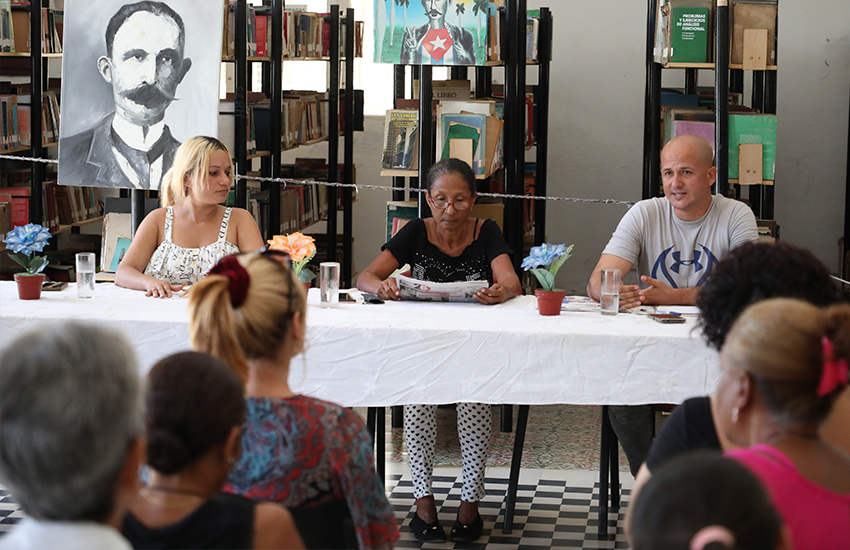
A debate session on the draft labor code brought together workers at the José Martí Provincial Library, as part of the national consultation process convened to submit the proposal to the opinion of labor groups.
- Details
- Written by Yelaine Martínez Herrera / Photo: Reynaldo López Peña
- Hits: 3671
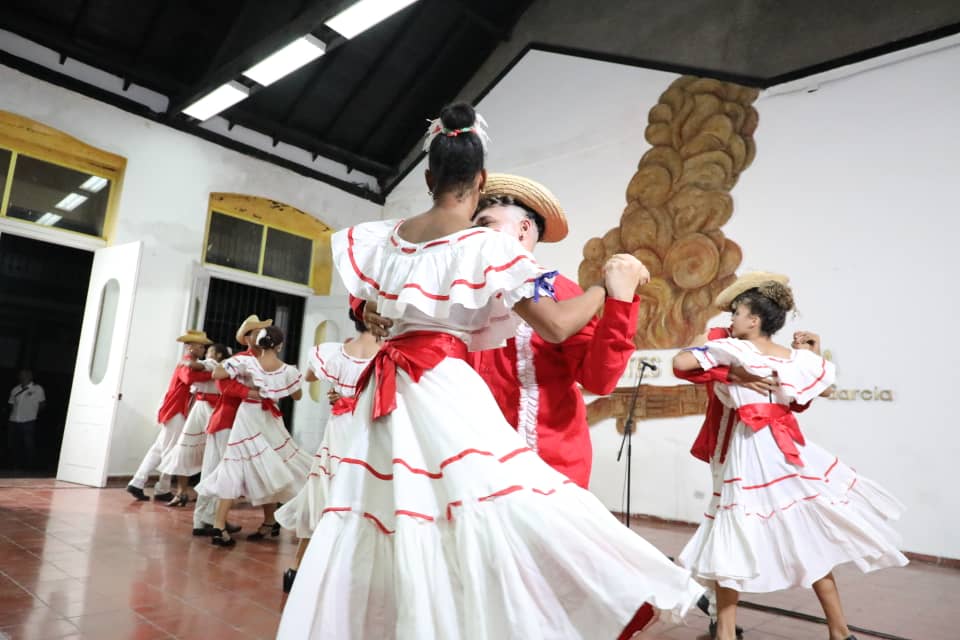
From October 10 to 20, the Cuban Culture Day Event is celebrated, dedicated to the centennial of the historic leader of the Cuban Revolution, Fidel Castro, and the 95th birthday of intellectual Armando Hart Dávalos.
- Details
- Written by Yelaine Martínez Herrera / Photos: Courtesy of the interviewee
- Hits: 2424
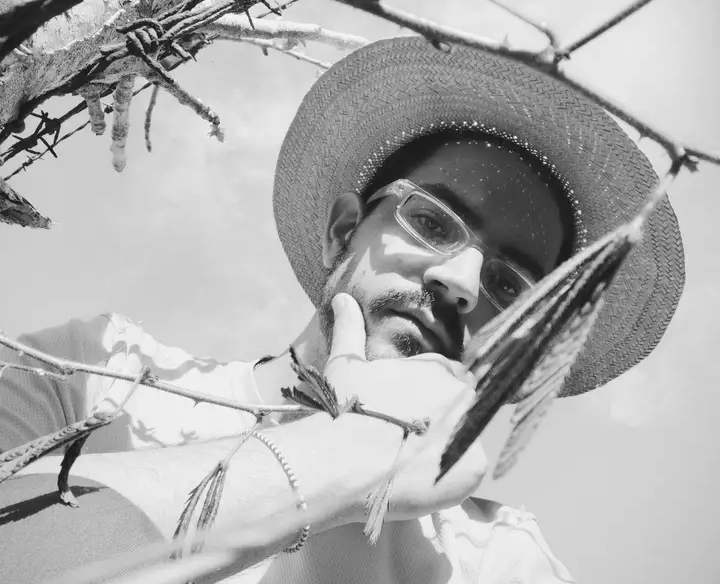
"I had a lot of fun writing the stories in this book. It's a kind of experiment, like when we go to a restaurant and don't know what dish to choose; I wanted the reader not to know which one to choose after finishing the book," Roberto González Rodríguez, from Sancti Spíritus, told 26. He won the recent edition of the Portus Patris Literary Prize, the oldest of its kind, organized by the Hermanos Saíz Association (AHS in Spanish) in the country, with his work "Buffet delirante."
Page 2 of 88






